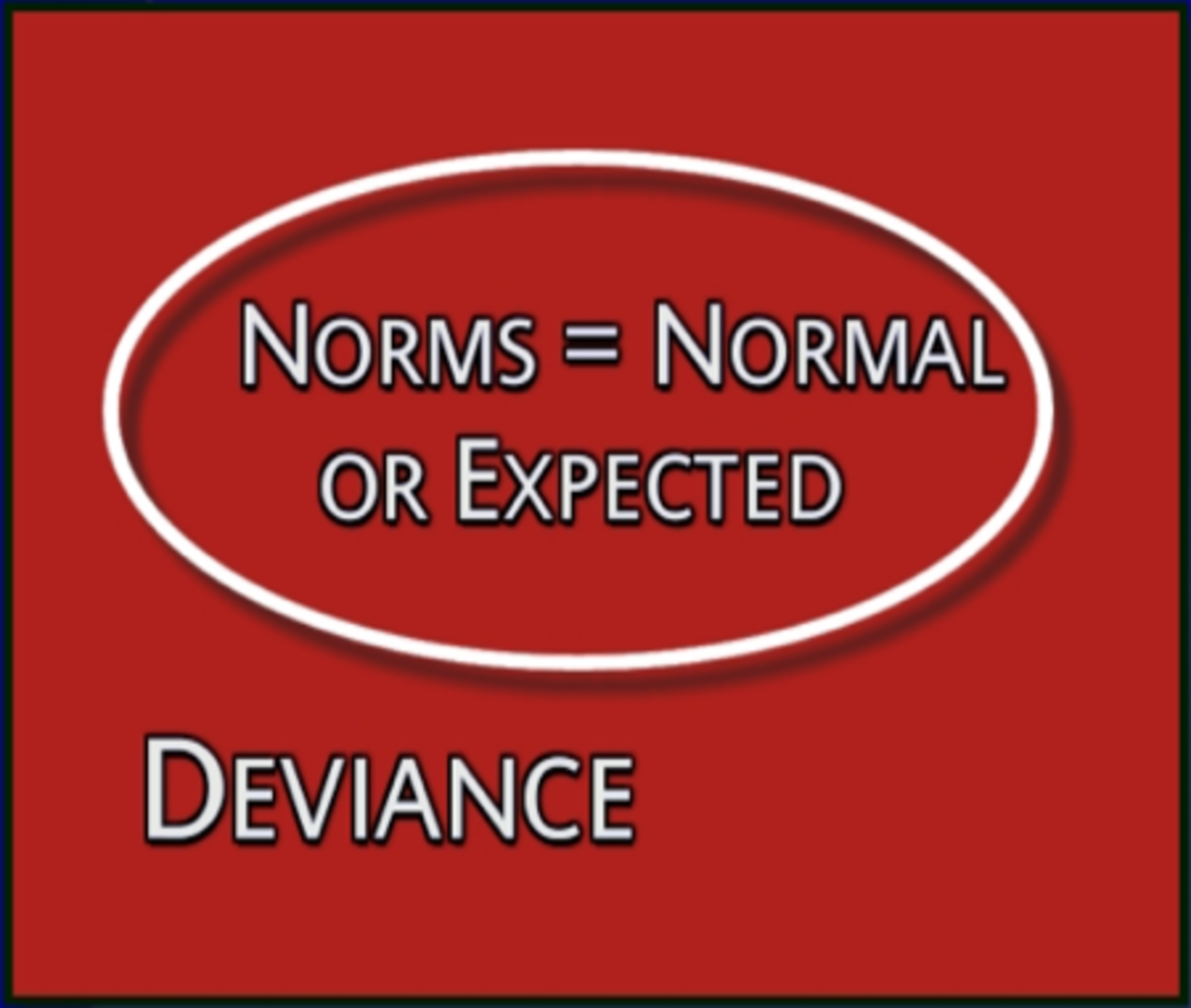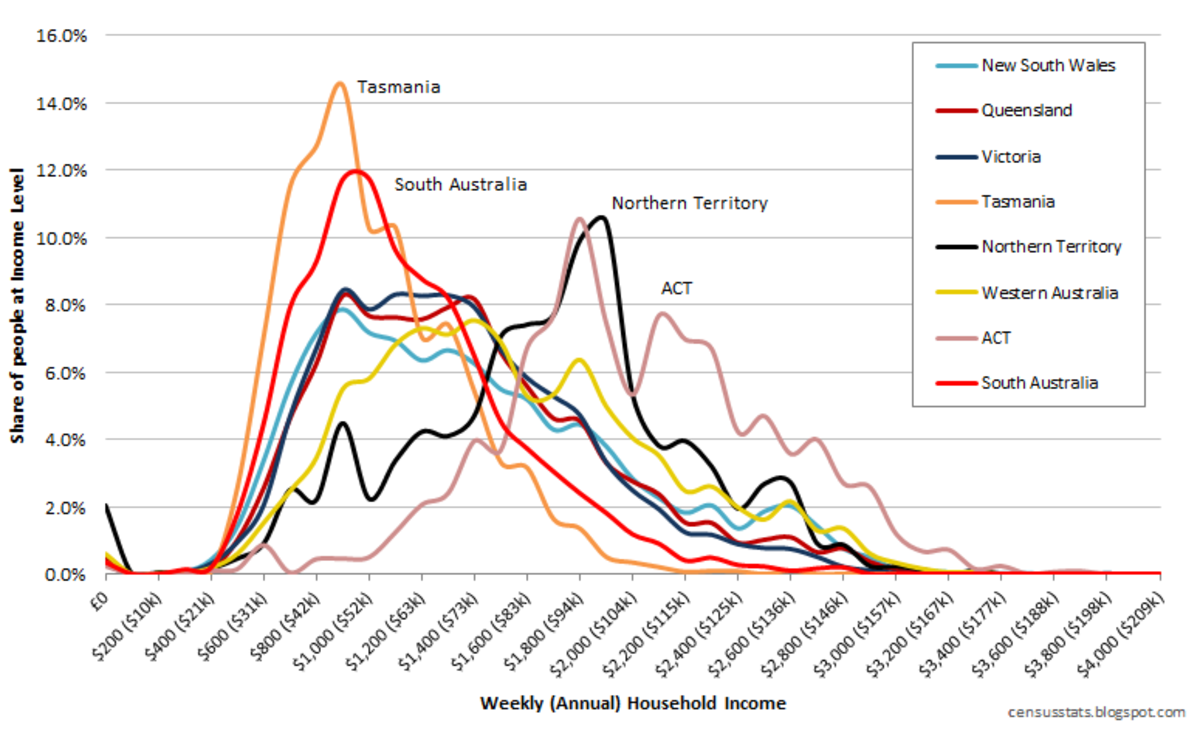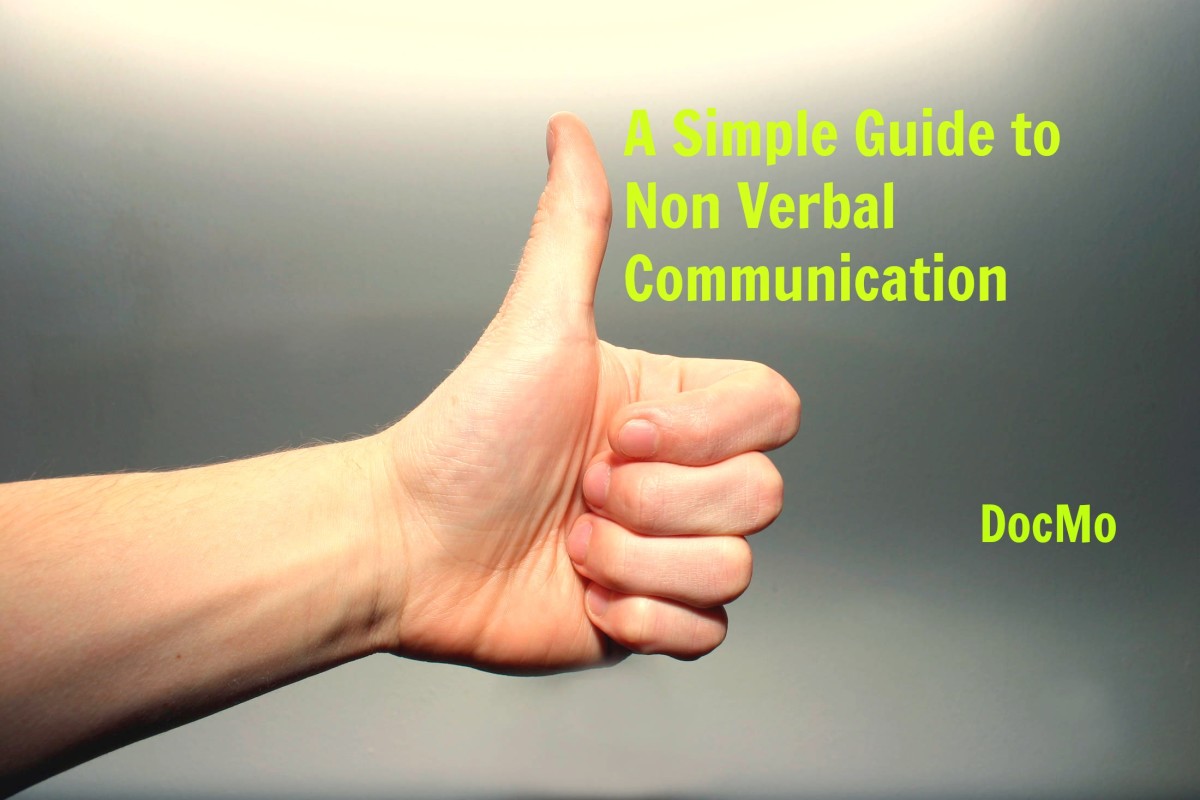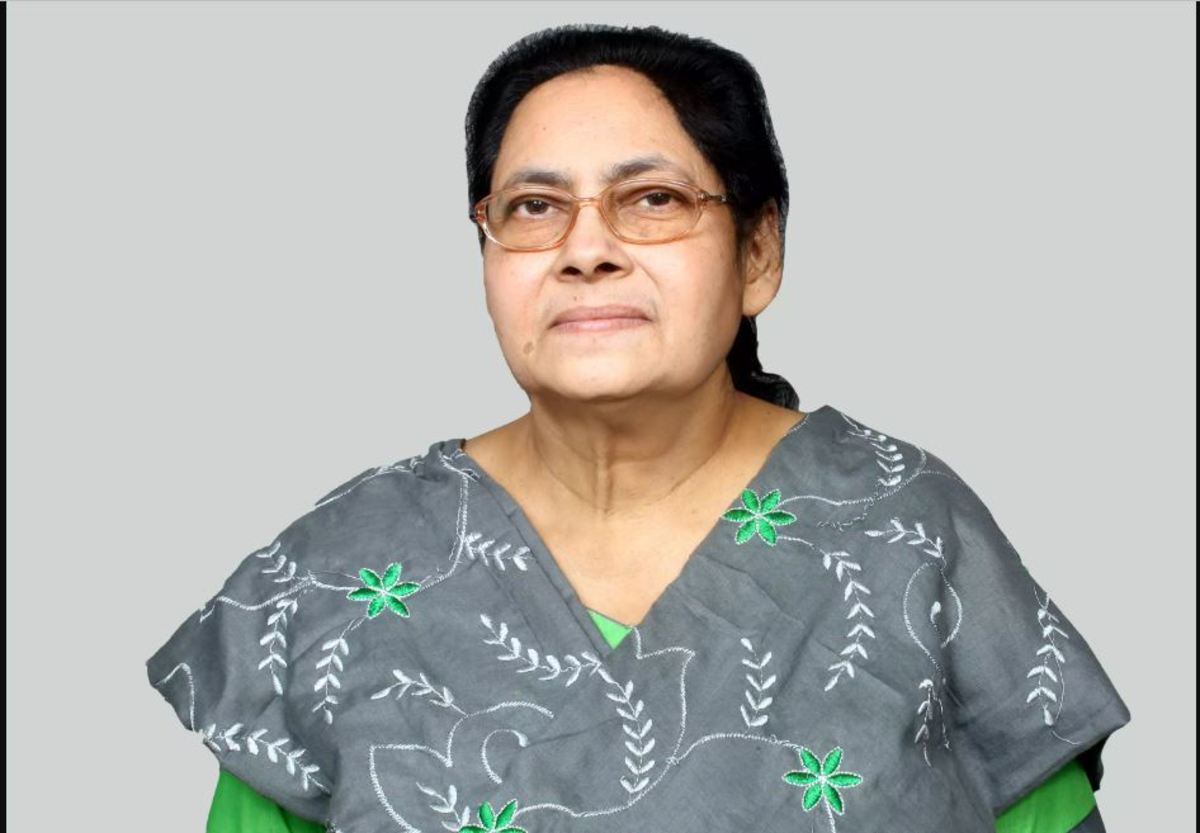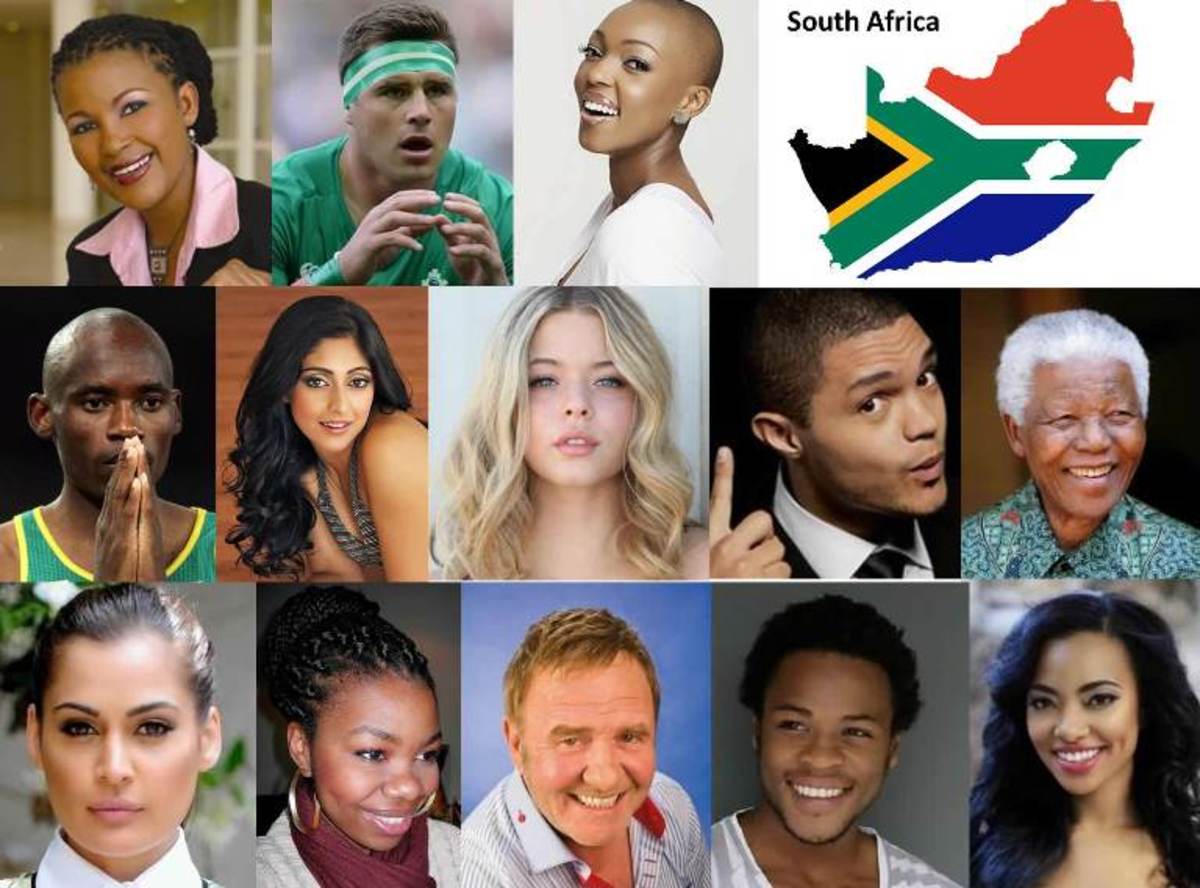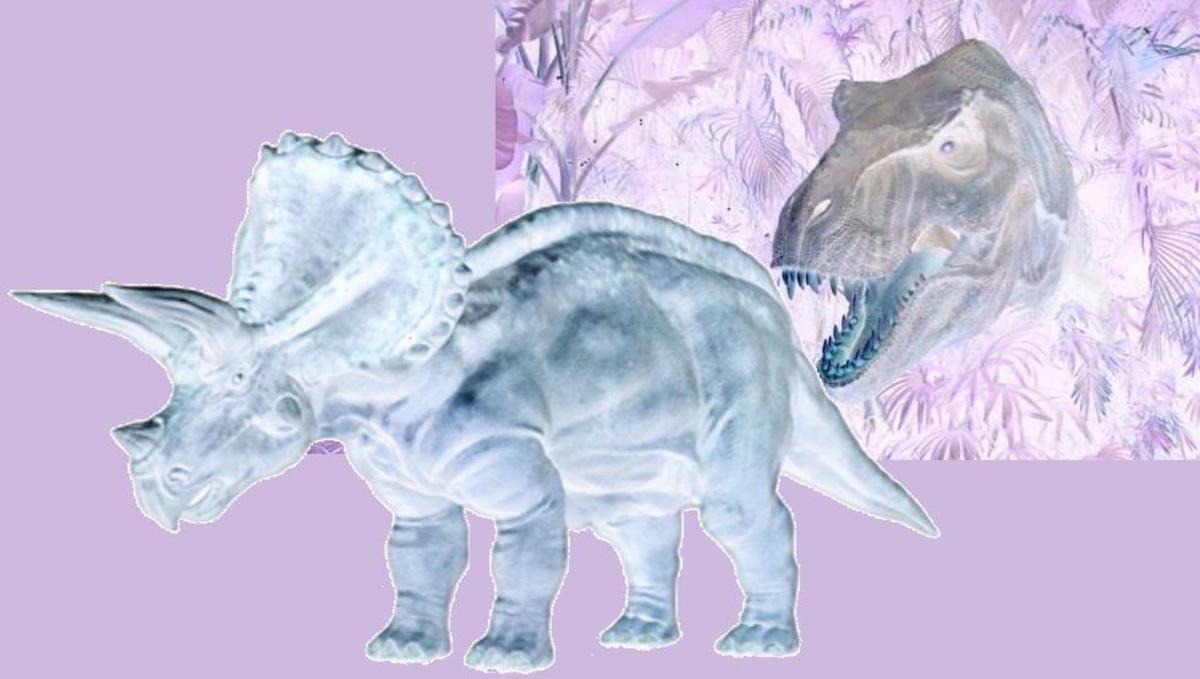Discrimination, Inequality and Stigmas
In the name of democracy politicians, welfare agencies, the government and the entire society have evolved into an American Plutocracy. A plutocracy in which there are different classes of people. Within this plutocratic bubble people are neither treated equally nor are they respected for who they are. America was once a beacon of hope that many immigrants, legal or illegal traveled great distances to begin a new life of opportunity and achievement. Now the culture has changed and the culturally relativistic approach to seeing the world has vanished. I personally don’t see it as a problem with the judicial system or the welfare system or even the combination, for that matter. I see it as a problem with how the society has evolved and developed. In order to form a more efficient and productive capitalistic community we have lost what is and has always been important since the beginning of time, family, community, and moral values. In order to see what led to this deviation from a better, healthier, and community orientated society I had to see the world from the point of view of many great authors such as, Gustafson, Martin Luther King Jr, Plato, and Darrow. What I discovered was the ambiguity of the legal system, society, and human behavior arises from the fact that we have created a society of stigmas that are based on peoples limited information and perceptions.
It is these stigmas that have caused such an imbalance in wealth, equality, and power in America and perhaps even the world. Like the precedents set in the court of law once a stigma is established it is extremely hard to retract or to dissuade the public that the stigma is false. Kaaryn Gustafson tries to explain how those on welfare are not only branded as living in poverty, but as criminals as well (1). The blemish on the reputation of those receiving welfare arose due to the fact that the welfare system is so entangled with the justice system these days. According to Gustafson, the justice system and welfare system are “working” together to publically disgrace those living in poverty and to tear their worlds apart. It has become so difficult to get and maintain welfare that people are forced to lie on their forms and their privacy is not taken into consideration (2). Many of the rights that they have as free citizens are taken away once they are on welfare. The welfare agencies can pry into their private lives and publically ruin their reputations. Like Gustafson, Darrow tries to point out that it is the social, welfare and justice systems that are causing all the problems. Those on welfare are forced to cheat due to the strict and ridiculous rules and strategies of the welfare system (3). As soon as a welfare recipient’s income increases by even just a small amount his or her welfare benefits drop by up to five times that amount. The problem is right when these individuals are beginning to get back on their feet, at this pivotal moment the ground beneath them is taken away. This forces them to lie about their incomes and to earn money under the table. The entire system is contradicting itself. I don’t believe the two systems would be so entangled if we didn’t place stigmas on those receiving welfare. On the other hand some of the laws that the justice system places on the welfare system should not be judged negatively either. In some cases perhaps preventing certain individuals from getting welfare is necessary to protect them as well as their families. This is an example of how we have placed stigmas on the justice system as well.
This creates and establishes a stigma that those on welfare are criminals and will always attempt to cheat the system, but it is never mentioned that the recipients are basically forced to cheat to survive. I agree that welfare fraud exists, but not to an extent were all welfare recipients should be branded as criminals. Gustafson explains how the system is made up of the judicial authority who are rich and powerful and who are the creators of the second-class citizens that is the poor, especially those on welfare (4). In the same way as Gustafson believes that the judicial system treats the poor as criminals Darrow states that the system favors the wealthy and imprisons the poor. There is the elite group that uses the government to protect their interests and wealth and understands how the system works. Then there is the poor who don’t understand the system as well and therefore can’t manipulate it as much as the “repeat players” (5).
The system in place now creates more problems than it solves. It is obvious that the deterrents to cheating are not working. The jails are not a deterrents, because the benefits received in prison are better than what the welfare system provides. The cost of supporting incarcerated individuals is a huge burden on taxpayers and the government. In my opinion it all leads back to stigmas. Although, I agree with many of the points Gustafson and Darrow bring up I must say that in their efforts to point out the issues with the judicial system and the criminalization of poverty they have created stigmas and conclusions about the wealthy, poor, judicial system, law enforcers, prisons etc. It is this generalization about a certain group or organization that has created the problems in the first place.
Not all wealthy people are against the poor nor is the government always trying to create two groups of citizens. I don’t believe any of these problems would arise if we didn’t create stigmas. We have created stigmas about everyone and based on everything. Stigmas based on our gender, religious beliefs, wealth, job, and even historical evidence that are hard to prove. The one thing that these stigmas have in common is, they are based on different realities. As Plato described in “Allegory of a Cave” one must experience reality for oneself (6). It cannot be described to those who have not experienced it. If you try and explain your own reality to those that are in the cave they will not believe you. I believe it is the same for those who are not in the government’s shoes or the welfare agencies shoes. There are probably so many reasons why the system is the way it is, some may be good while others not so much, but one thing is for certain everything is ambiguous and we cannot create stigmas. For I believe that is the root cause of all our problems. Societal, racial, and political tensions arise because we don’t understand or attempt to understand the other person’s or group’s reality or intentions.
We immediately jump to conclusions about people, groups, and organizations and these conclusions are often based on nothing or close to it. We are indirectly creating our own problems be it political, racial, or social. We have become so interconnected for example, the welfare system, which is a system that was created to help the poor in order to get them back on their feet is now being used for sting operations by the judicial system. All of these systems were created to help certain individuals or groups, but instead we have placed stigmas on them. I researched so many stigmas for this article such as, the judicial system only helps the wealthy, the poor are criminals, racial profiling, prisons are inefficient and the list of stigmas goes on. Stigmas were even placed on the Founding Fathers for example; John Roche tries to explain the Constitution was clearly a compromise and not a perfect creation. How can we know for sure it is not exactly what the Founding Fathers expected from the meeting? Everything is debatable and ambiguous. This to me symbolizes the reality in which we live. Stigmas, uncertainties, adapting to change and the broadening of perceptions are all part of life. The one thing I don’t understand is why at a certain point we didn’t learn from past precedents as it were. Precedents for example that Martin Luther King jr. fought for, that would forever change the freedoms and rights of all African Americans to this day. Or Susan B Anthony’s struggles for women’s rights that would eventually give women the right to vote and led to changes that are still being fought for to this very moment. Instead of learning from these great achievements and struggles we have just diverted our branding behavior to other groups.
If we look back at history we can see a point in time where things seemed to get better for example; certain stigmas were partially removed, certain groups were finally treated with the same rights and freedoms as others, and the developed nations of the world were finally at peace with each other. For the first time in history, a majority of the world had more freedoms and rights than ever before. Then, at some point this all changed. We evolved in such a way that productivity, efficiency and wealth were higher goals than freedom and righteousness. We began looking down on other groups, cultures and civilizations. An example of a modern day stigma is the fact that many ignorant individuals have branded those practicing the religion of Islam as terrorists, those in poverty are deemed criminals and the government is becoming the scapegoat for everything.
As I said before we have created a society that places stigmas on everyone and everything. In making these conclusions we have lost what was once so dear to our species and way of life such as, family, community, and moral values. I believe if we make the attempt to see other cultures, groups, and organizations from their point of view we may be able to understand and accept their behavior in a better way. We must start analyzing and deconstructing ambiguous situations, because the conclusions that we often jump to, can set precedents that takes years, decades or even centuries to change. It has to come from us, these groups cannot try to explain their reality to us as Plato described in “Allegory of a Cave” we must experience or attempt to understand their sufferings, triumphs, and goals to believe their intentions are just and true (7). If we try to see past our own limited perceptions and forget all the stigmas we have created we may be able to experience reality for what it is. And the truth is, our emphatic conclusions about people, organizations and groups is not the problem, it is that we don’t realize the fact that the truth almost never has a conclusion. It is ever changing, adapting, and evolving so, how can we create stigmas or come to conclusions about anything?
References
(1), (2), (4) Gustafson, Kaaryn "The Criminalization of Poverty." By Kaaryn Gustafson. 2009. Web. 24 Apr. 2016.
(3), (5) Darrow, Clarence. "CRIME AND CRIMINALS." Address to Prisoners (Clarence Darrow). Web. 26 Apr. 2016.
(6), (7) Plato. "Plato THE ALLEGORY OF THE CAVE Republic , VII 514 A, 2 to ..." Web. 23 Apr. 2016.

